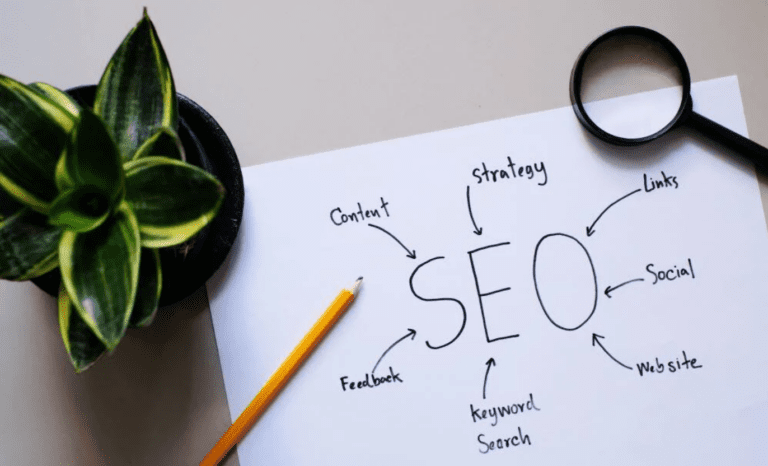What is image optimization?
Image optimization is the process of reducing the image file size without compromising its quality settings. You can use image optimization to improve the load time of a web page, reduce bandwidth usage, and improve a website’s search engine ranking. WSI Web Enhancers is a digital marketing company that can help with image optimization and search engine optimization.
Why is image quality optimization important?
The average web page is now over 2MB in size and takes up to 7 seconds to load on a slow connection. Images account for most of this data, with recent studies showing that images can make up over 60% of the total data on a web page. If you’re not optimizing your image size and quality, you’re likely wasting a lot of bandwidth and slowing down your website.
Steps to Optimize the Images on Your Website
There are several easy ways to optimize images for SEO:
Use the Correct File Format
When saving images for your website, using the correct file formats is vital. The two most commonly used formats are JPEG and PNG. Joint photographic experts group (JPEG) formats are best for photos, while portable network graphic (PNG) files are better for text and line art. Additionally, you should save images at a moderate quality setting and file size – too large and they will take too long to load; too small and they’ll appear pixelated or fuzzy. Once an image is saved in the correct file format at an appropriate quality and file size, it can be further optimized using an image compression tool.
Compress Your Images
One of the simplest ways to optimize images is through file compression, or shrinking images. You can do this by using an image file size compression tool or image optimizer, which automatically optimizes images and is available for free online. Reducing an image’s file size will make it take up less space on your website, resulting in a faster load speed. Compressing image size can also help reduce bandwidth costs.
Use Relevant File Names and Alt Text
When uploading images to your website, give the image files relevant keyword-rich file names and alt text. The image file names should describe what the image files are, while the alt text should briefly describe the image. These descriptions help search engines index your higher-quality images, which can lead to higher search engine rankings. Alt text on a website is also an important aspect of ADA compliance.
Resize Images
Large images can slow down a website’s loading time, leading to lower search engine rankings and fewer visitors. To avoid this, resize large images before uploading them to your website. An easy way to do this is to use an online image resizer tool.
By following these simple tips, you can optimize the images to an acceptable quality on your website for faster loading times and better search engine rankings.
Image Optimization Is a Key Factor for Improving SEO
Image optimization is an integral part of SEO services because it can improve the speed and performance of a website. Additionally, it can help improve search engine rankings and the overall user experience. Several easy ways to optimize images for SEO include using the correct file format, compressing images, and using relevant file names and alt text.
WSI Web Enhancers is an SEO company that can help optimize your website. Call 505-850-9177 today for a free consultation.
Useful articles:
What Is Off-Page Optimization?

Jukka founded WSI Web Enhancers in 2012. His progressive and pioneering SEO approaches help businesses increase traffic while improving conversion rates. As an accomplished digital marketing authority, he spins effective web design, SEO, and social media engagement into winning strategies for local and national companies.






